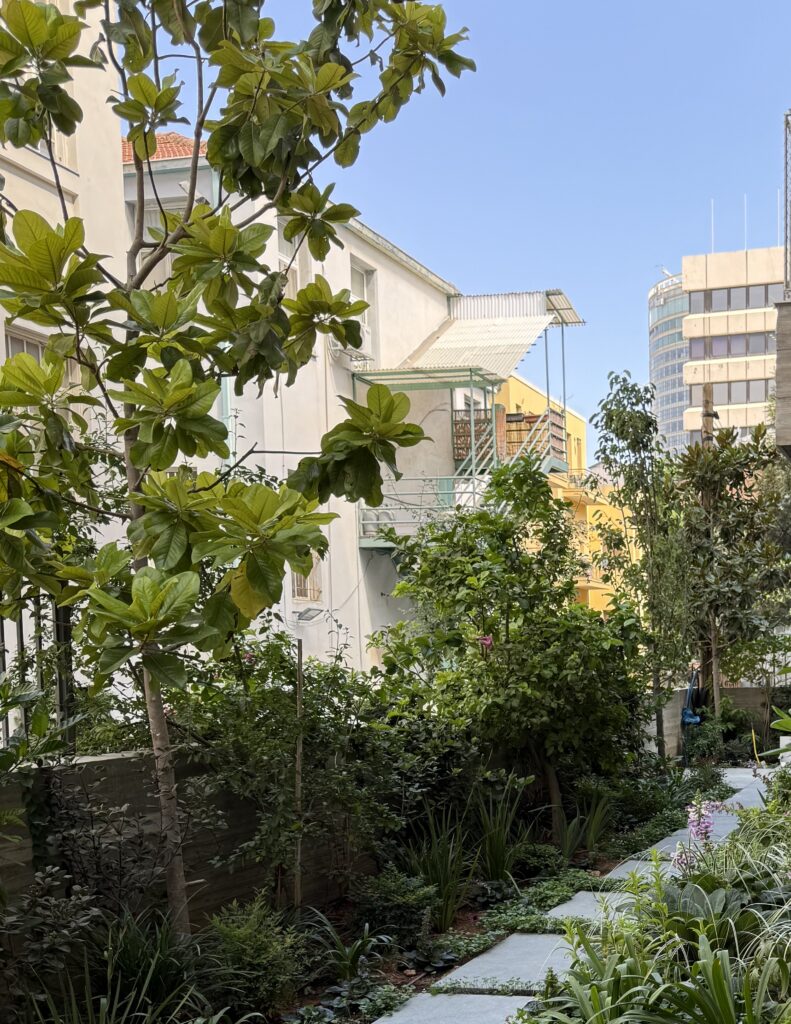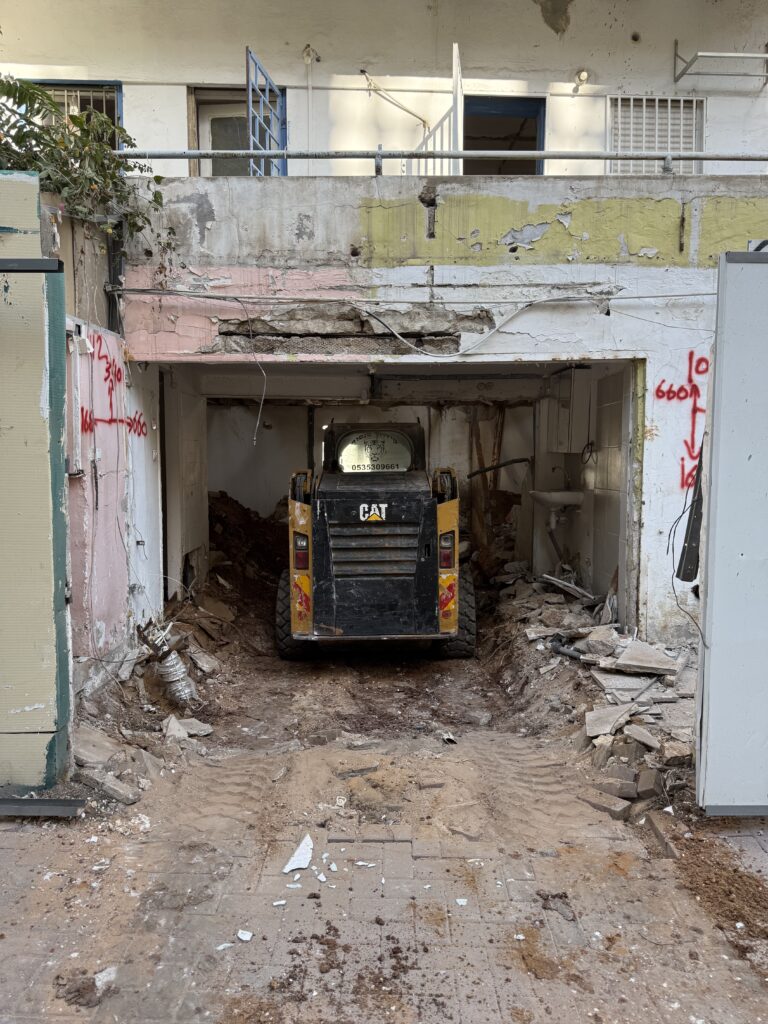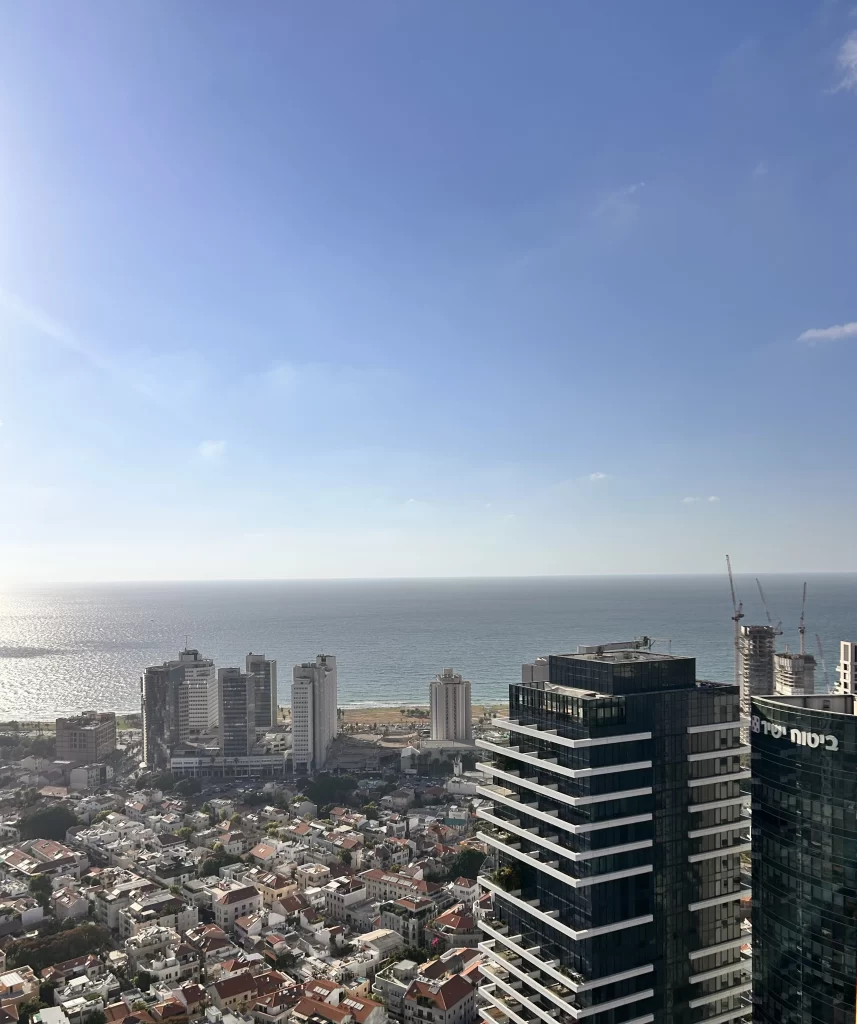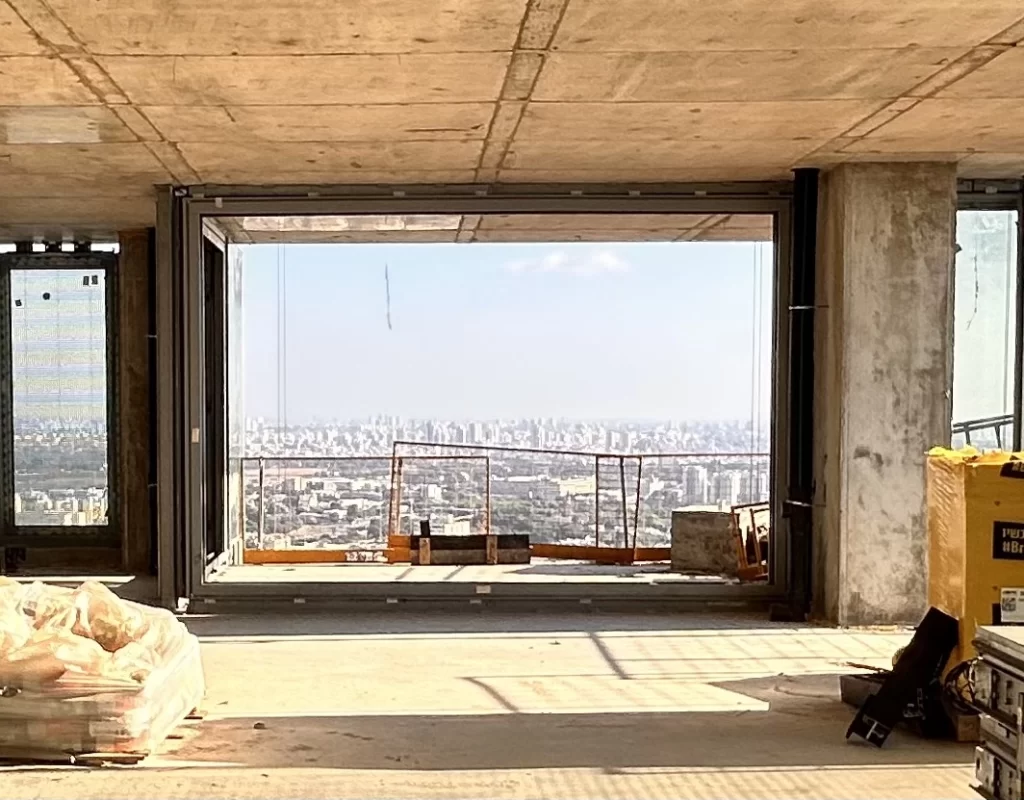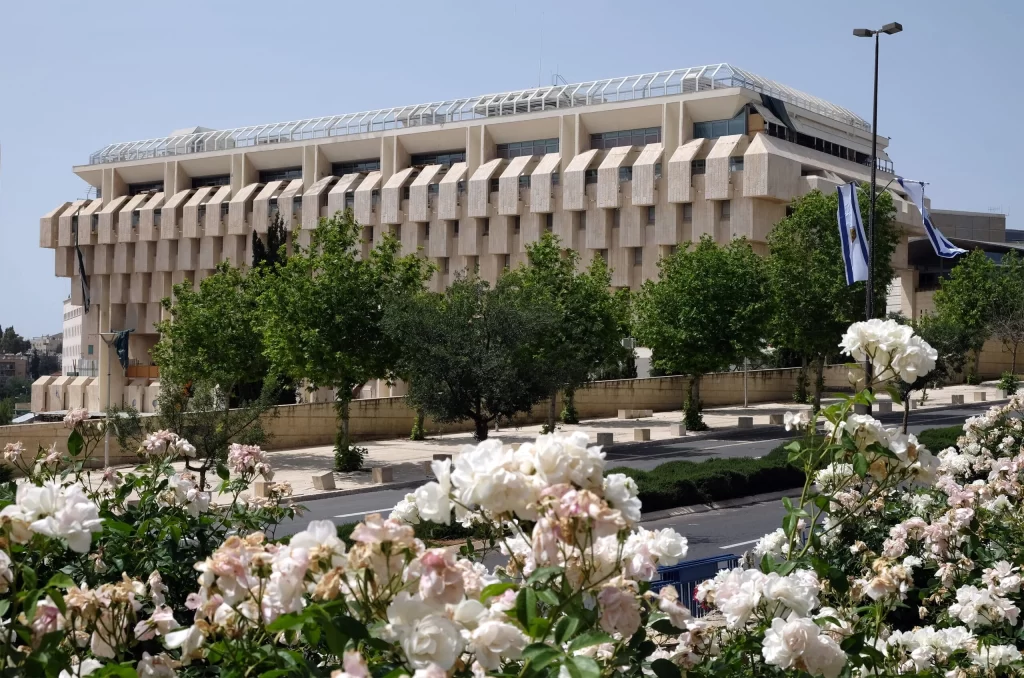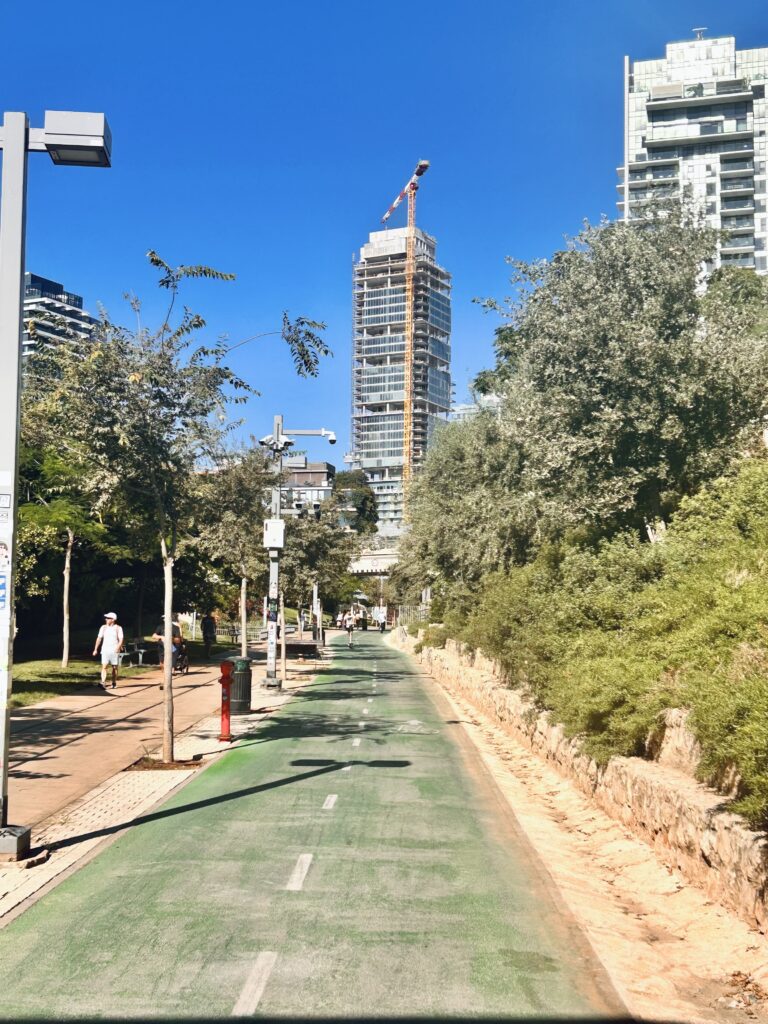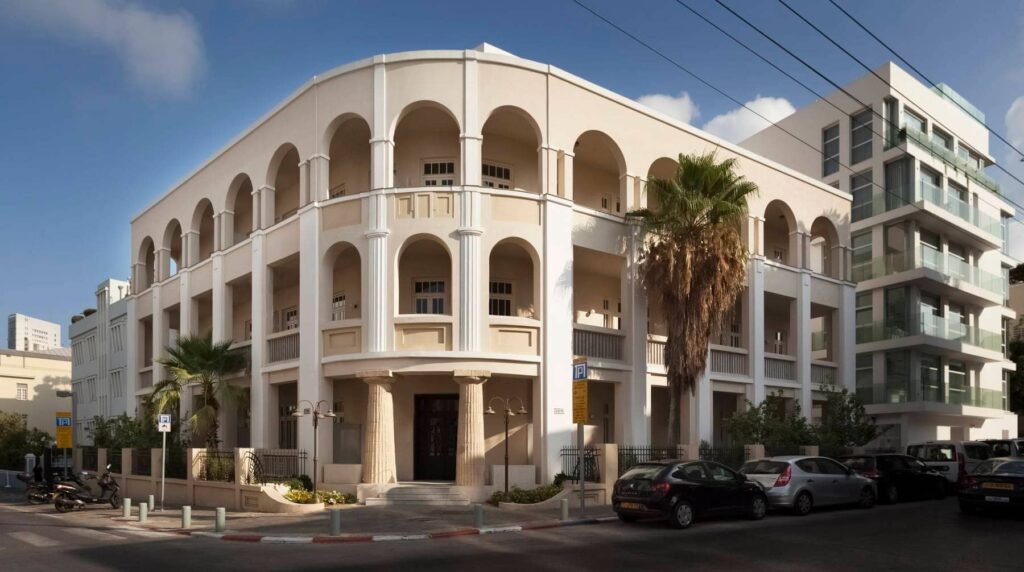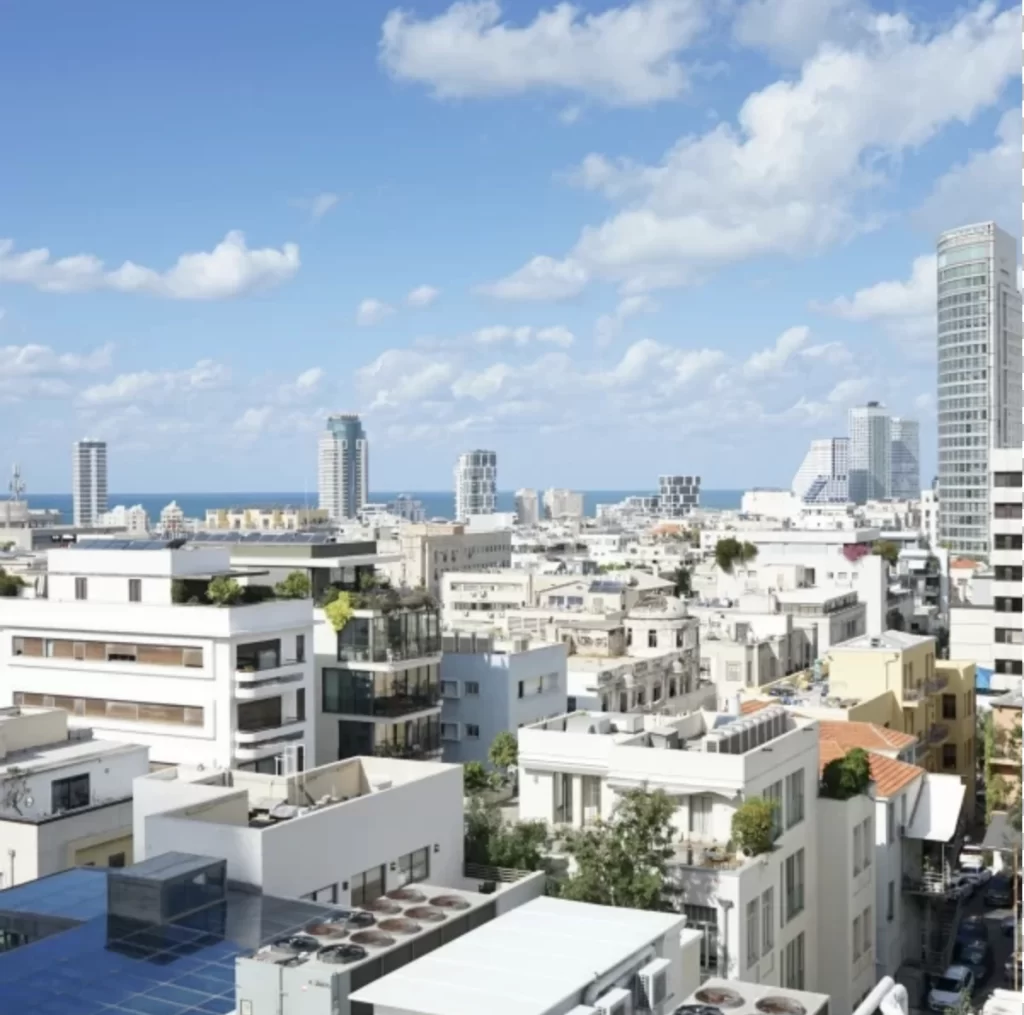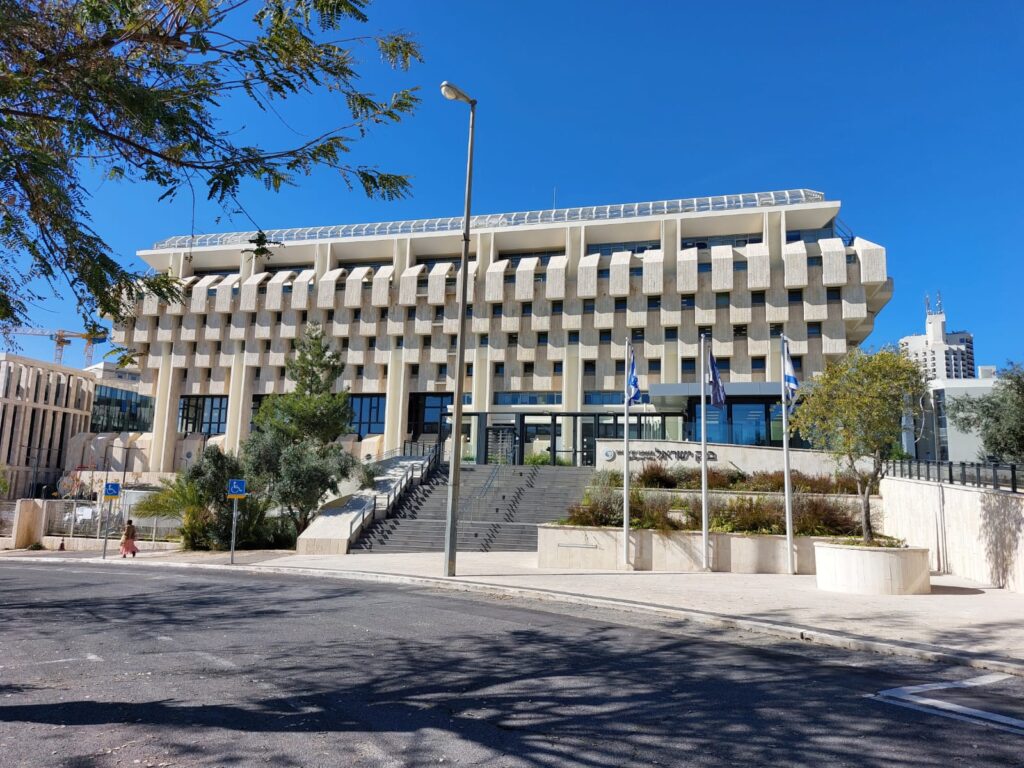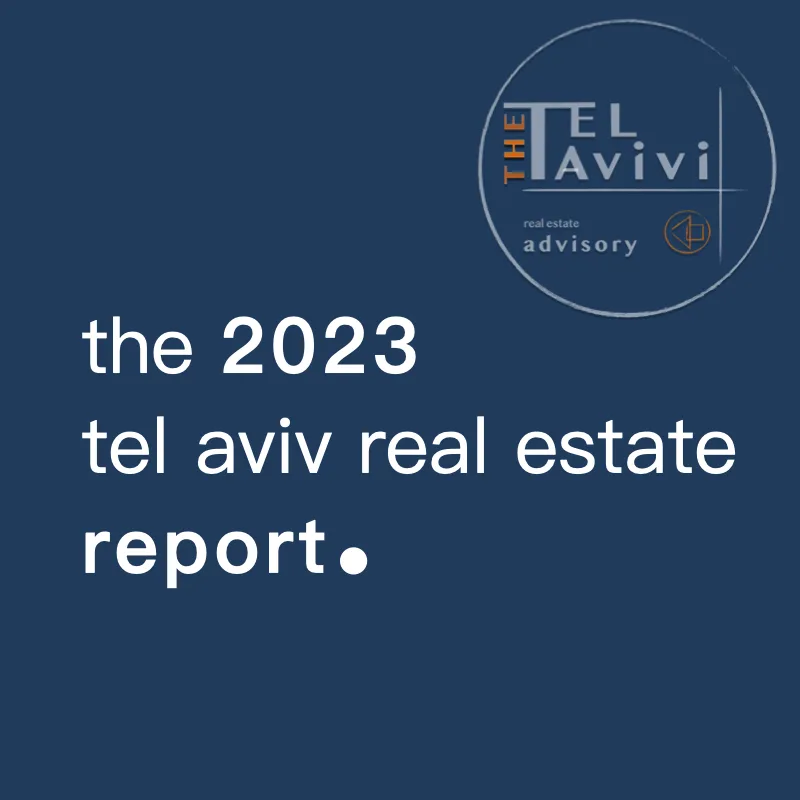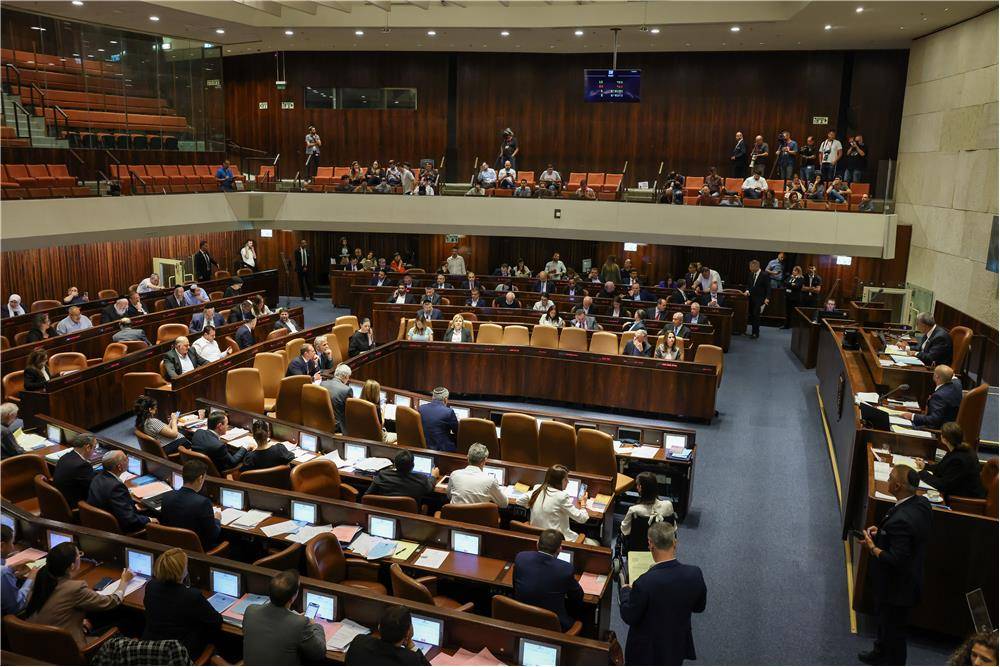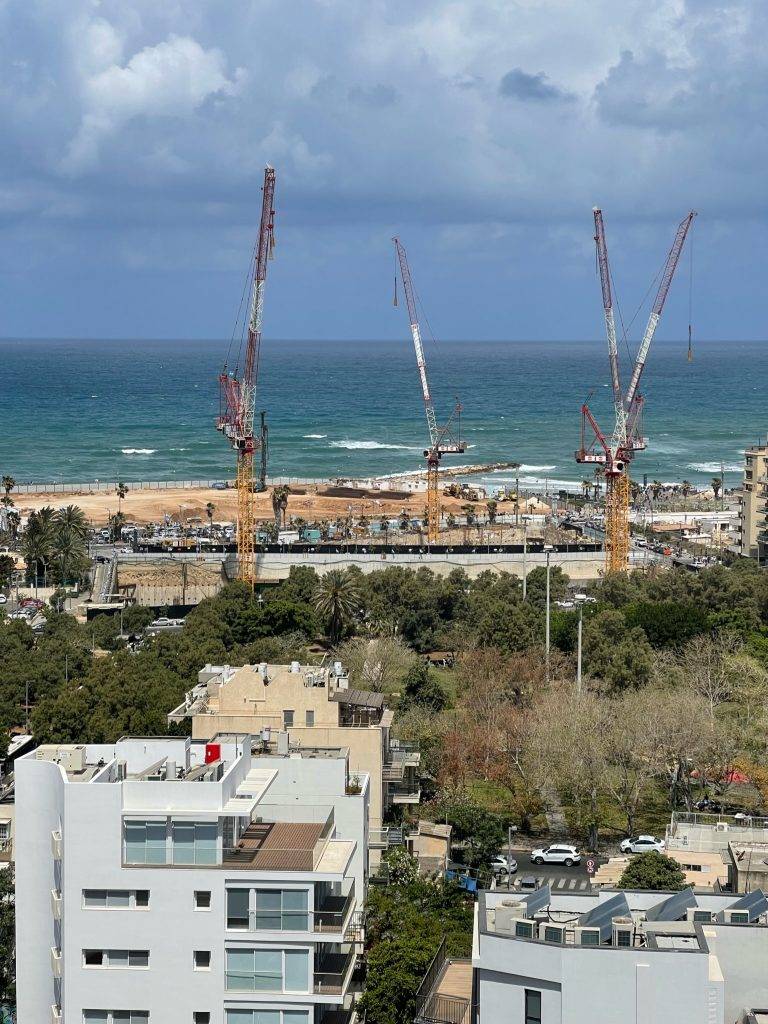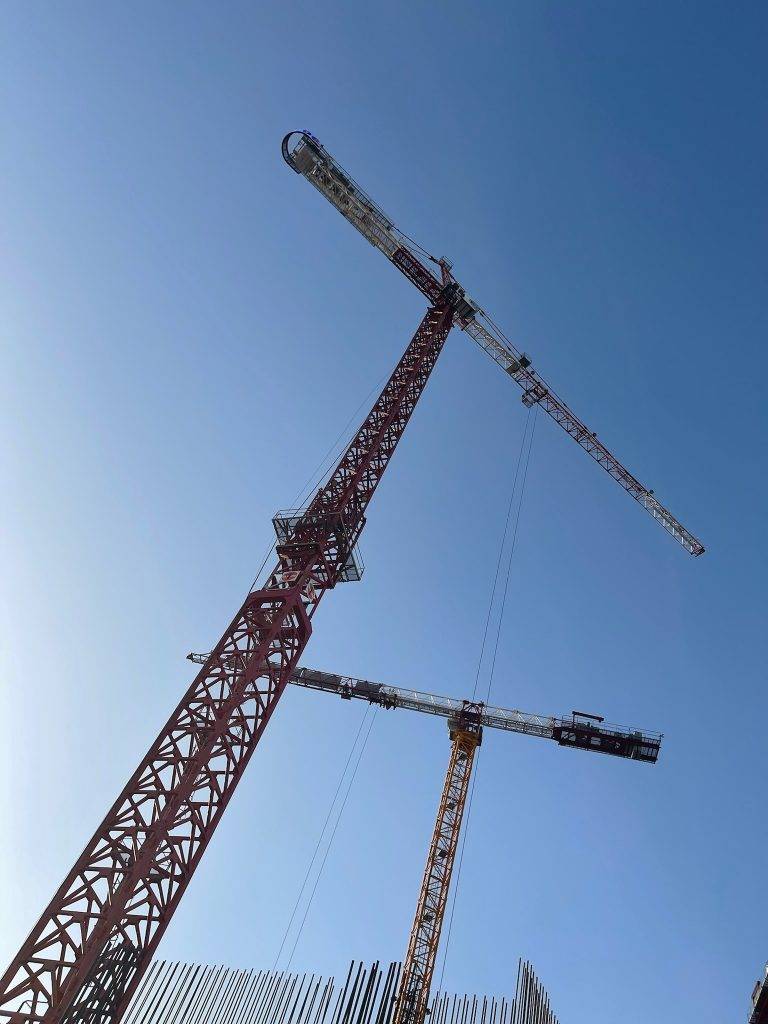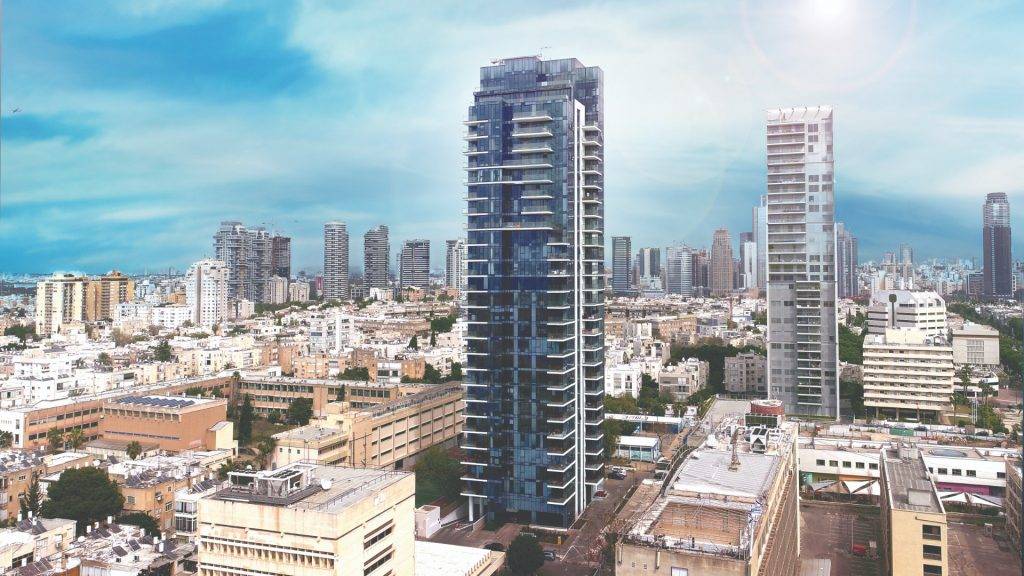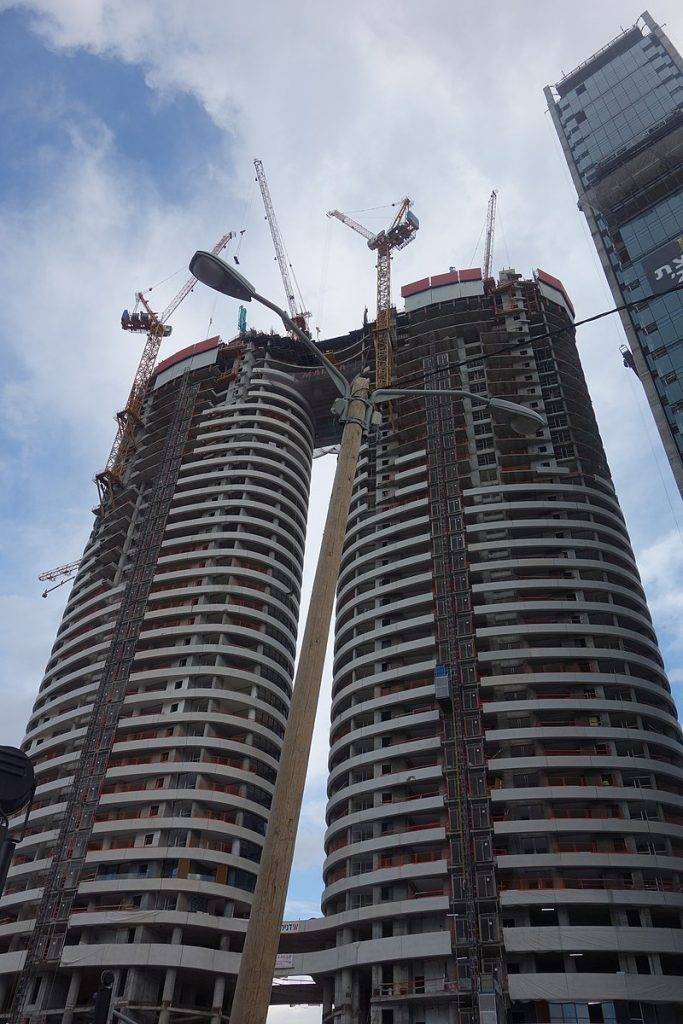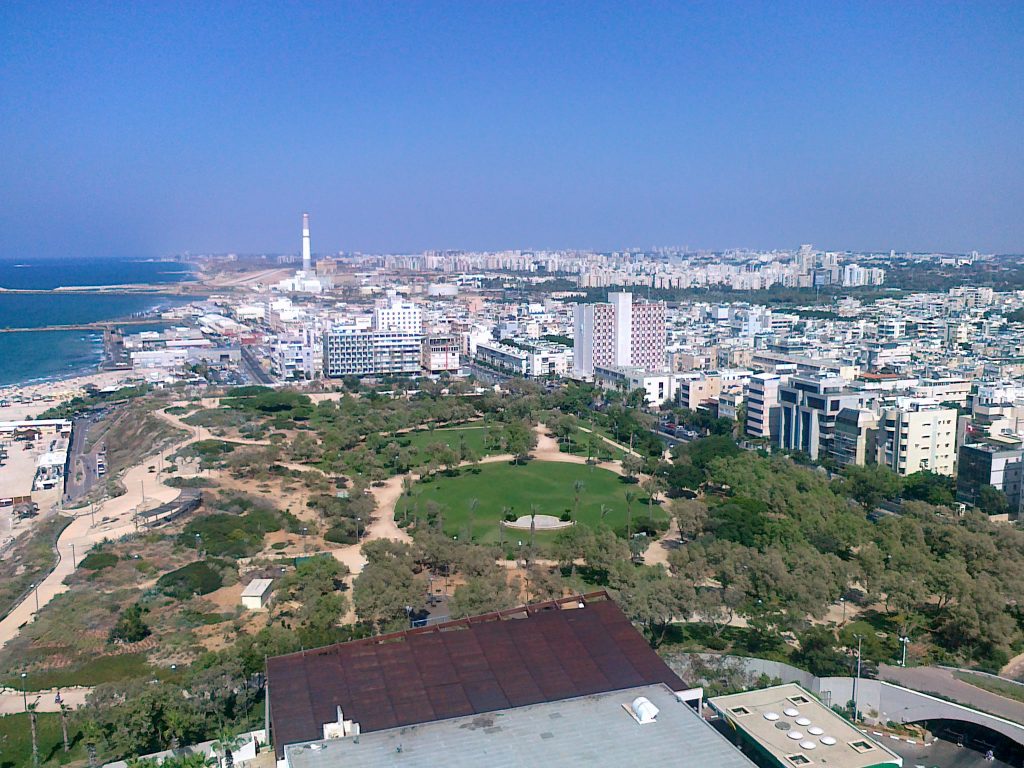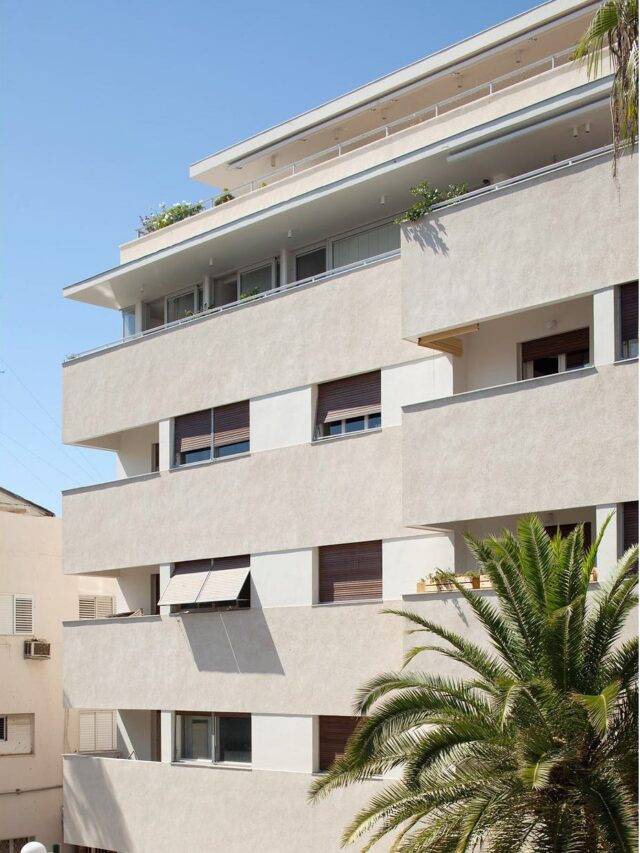The Hidden Costs of Waiting: How the Strong Shekel and Global Shifts Hurt Buyers
Tel Aviv’s post-war revival is colliding with a surging shekel, tight supply, and rising global uncertainty—quietly adding six-figure sums to foreign buyers’ price tags.
Tel Aviv real estate market prices have demonstrated both resilience and complexity, shaped by war, global economic crosscurrents, and evolving investor psychology. Between April 2024 and April 2025, residential property prices in Israel rose by approximately 7.8%, with Tel Aviv registering consistent price appreciation despite occasional monthly slowdowns. According to data from the Central Bureau of Statistics (CBS), the city recorded a 1.5% price increase between January and February 2025, culminating in 9.7% year-on-year growth—a robust figure by any international standard.
War and Urban Realignment
The war that began on October 7, 2023, delivered a shock to Israel’s economy and housing market. Restrictions on Palestinian labor—essential to the construction sector—led to severe manpower shortages, with over 17% of construction sites across the country shutting down by early 2024. Construction timelines lengthened, input costs surged, and developers began reducing output. At the same time, Tel Aviv became a magnet for internal migration, perceived as relatively safer and more stable. By mid-2024, new home sales in Tel Aviv surged 71.5% year-over-year, with resale activity climbing 21.7% (CBS, 2024).
However, this boom masked underlying fragility. The stock of unsold new apartments ballooned to 78,000 units nationwide, equivalent to 17–18 months of market supply—a level not seen in years. Many of these dwellings are in peripheral regions, while demand in Tel Aviv remains strong and focused on fewer, more expensive units.




Policy, Rates, and Economic Sentiment
The Bank of Israel has played a cautious game. Despite pressures to stimulate the economy, it held its benchmark interest rate at 4.5% throughout early 2025. This policy reflects a dual challenge: curbing inflation (which fluctuated between 2.8–3.6%) while stabilizing the currency during wartime uncertainty. At the same time, Israel’s GDP growth moderated from 6.5% in 2022 to below 2% in 2023, before contracting slightly in Q4 and rebounding modestly in Q1 2024.
Interest rates have placed a heavy burden on domestic buyers. Mortgage affordability has deteriorated; monthly repayments now often exceed rental prices by 25–30%. This has pushed many locals—especially first-time buyers—into the rental market or into less expensive cities like Haifa or Ashkelon. Nevertheless, investors have remained active: the average price paid by investors rose 14% between January and June 2024, suggesting continued belief in long-term capital gains.
Exchange Rate Volatility and the Foreign Buyer
A critical but underreported factor shaping the current market is the strengthening of the Israeli shekel (ILS). Over the last 12 months, the shekel has appreciated meaningfully against both the euro and the U.S. dollar. From its post-October 2023 low of around 3.97 ILS/USD, the shekel has strengthened to the 3.60–3.65 range by mid-2025. Against the euro, the move has been even more pronounced—falling from over 4.30 ILS/EUR to 3.90 and below in recent weeks.
For foreign residents—especially those from the U.S., U.K., France, and Switzerland—this currency movement acts as a hidden price increase. A Tel Aviv apartment priced at 10 million shekels would have cost approximately $2.52 million in October 2023. Today, with the shekel stronger, the same apartment would cost $2.78 million—a difference of over $260,000, or more than 10%, purely due to FX movements.
This appreciation is partly a reflection of Israel’s strong foreign exchange reserves (over $200 billion) and central bank policy, but it also reveals an inconvenient truth for global buyers: delaying a purchase during times of shekel weakness may cost you significantly. Unlike volatile emerging market currencies, the shekel tends to revert to strength during stability due to Israel’s tech exports, current account surplus, and robust monetary institutions.
The message is clear: for foreign buyers, the window of currency advantage has narrowed. Unless the Bank of Israel begins aggressive rate cuts—or global markets turn risk-averse again—further strengthening of the ILS remains a distinct possibility.
Historical Parallels and Structural Strength
This isn’t the first time Tel Aviv real estate has acted as a geopolitical hedge. Following the 1967 Six-Day War, real estate in cities like Jerusalem and Tel Aviv became symbolic safe harbors for diaspora Jews seeking financial and emotional ties to Israel. The influx of foreign capital supported urban development and bolstered property values for years.
But today’s world is faster, more financialized, and more interconnected. Capital moves digitally, and buyers from New York, Paris, London, and Zurich can finalize transactions in a matter of days. Furthermore, today’s buyers are not only driven by sentiment but by strategy—hedging against antisemitism, political instability in Europe, and a desire to anchor capital in tangible assets with long-term upside.
Forward Outlook: A Crossroads Ahead
Tel Aviv sits at a critical juncture. The fundamentals remain strong: limited land, rising construction costs, and global demand for urban lifestyle and security. However, the interplay of interest rates, war recovery, and currency shifts will define the months ahead.
Should the Bank of Israel begin cutting rates in sync with the U.S. Federal Reserve—a likely scenario if inflation continues to decline—domestic affordability will improve, and transaction volumes will increase further. However, if conflict continues and global interest rates stay elevated, purchasing power will remain tight for locals, and foreign buyers will have to contend with an expensive shekel.
For those considering a move, the lesson is simple: delay may cost you twice—once in price appreciation, and again in exchange rate disadvantage.

